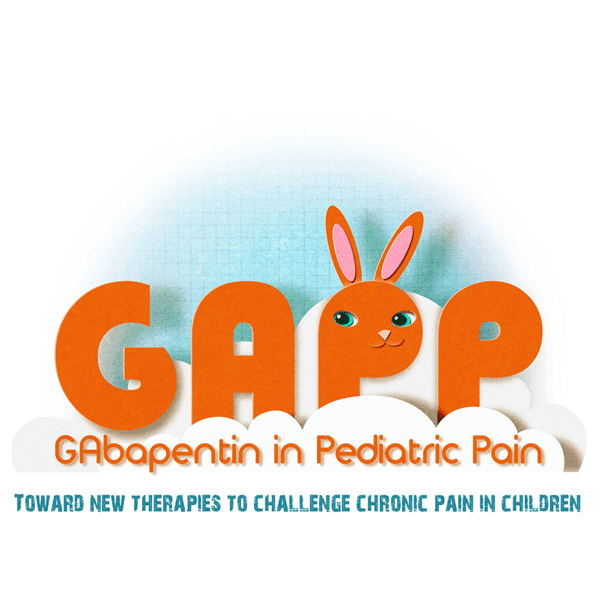

Gabapentin has shown efficacy in the treatment of chronic neuropathic or mixed pain in adults. Although pediatric pain specialists have extensive experience with gabapentin for the treatment of neuropathic pain, its use is off-label. Its efficacy and safety in this context have never been shown. The aim of this trial is to compare gabapentin with placebo as add-on to morphine for the treatment of severe chronic mixed or neuropathic pain in children. This trial is part of the European Union Seventh Framework Programme project Gabapentin in Paediatric Pain (GAPP) to develop a pediatric use marketing authorization for a new gabapentin suspension. The GAPP-2 study is a randomized, double-blind, placebo-controlled, multicenter superiority phase II study in children with severe chronic neuropathic or mixed pain. Its primary objective is to evaluate the efficacy of a gabapentin liquid formulation as adjunctive therapy to morphine. Sixty-six eligible children 3 months to 18 years of age with severe pain (pain scores ≥ 7), stratified in three age groups, will be randomized to receive gabapentin (to an accumulating dose of 45 to 63 mg/kg/day, dependent on age) or placebo, both in addition to morphine, for 12 weeks. Randomization will be preceded by a short washout period, and treatment will be initiated by a titration period of 3 weeks. After the treatment period, medication will be tapered during 4 weeks. The primary endpoint is the average pain scores in the two treatment groups (average of two measures each day for 3 days before the end-of-study visit [V10] assessed by age-appropriate pain scales (Face, Legs, Activity, Cry, Consolability scale; Faces Pain Scale-Revised; Numeric Rating Scale). Secondary outcomes include percentage responders to treatment (subjects with 30% reduction in pain scale), number of episodes of breakthrough pain, number of rescue interventions, number of pain-free days, participant dropouts, quality of life (Pediatric Quality of Life Inventory), and acceptability of treatment. Outcomes will be measured at the end-of-study visit after 12 weeks of treatment at the optimal gabapentin dose. Groups will be compared on an intention-to-treat basis. We hope to provide evidence that the combination of morphine and gabapentin will provide better analgesia than morphine alone and will be safe. We also aim to obtain confirmation of the recommended pediatric dose.
Here you can find the link to the publication.